Maize – what to think about for 2023
I think we'd all agree last year was a challenging one, with the lowest amount of rainfall ever recorded since records began. When we look at the results from last season's maize harvest, it's important to understand the notable weather patterns we saw and the effects they had.
The impact of drought
The figures in the table below show just how little rain we received across the country, with quite stark differences between the amount recorded in different regions this season versus the long-term averages.
The image to the right gives an idea of the split across the UK and shows the severity of the drought throughout July, which is the key growth month for a maize crop. This lack of rainfall also has a huge effect on pollination, which can in turn cause blind grain sites.
2022 harvest results
The harvest started at the end of July on some severely drought-affected crops, many of which had died and therefore had no chance to produce a cob. In the East we had reports of some crops being harvested at 1-1.25 metres in height, although this was very much the extreme where there was just 5mm of rainfall received from planting to harvest.
Travelling further north and in the West of England, yields seemed to improve with only the crops on very light soils badly affected. In most areas, however, the maize harvest started three to four weeks earlier than normal.
Importantly, the shorter crops we saw didn't necessarily mean lower yields. Some growers saw an increase in cob size and weight due to the heat and in those circumstances, crops more than compensated for the 20-25% reduction in plant height. Yields on heavier soils were better than expected and the change in plant-to-cob ratio created high energy forages, with ME (metabolisable energy) levels increasing up to a full MJ/kg in dry matter.
In the South-East, the grain maize harvest was underway week commencing 19th September. This region had some of the worst drought-affected crops, with the average final yield being 6.5t/ha (40% down on normal average yield).
Forage crops
90% of forage crops were safely harvested by the end of September without difficulty, leaving soil conditions good for the following crop.
It's no secret that forage stocks across most of the UK have been severely depleted, with winter rations having to be fed from mid-July. Maize is once again the saviour for many livestock farms, with the crop consistently performing well for forage production and therefore cementing its position within crop rotations.
Some maize growers in the areas worst affected by the forage shortage sold their standing crops for up to £2,700/ha, but the average price we saw was around £2,000/ha.
LG Saxon – a new addition to the British Society of Plant Breeders (BSPB) Forage Maize Descriptive List for 2023 as the top yielding variety - withstood the drought conditions better than most, returning huge forage yields by comparison. It is a variety worth considering for 2023.
Skipper, another new high yielding ultra-early variety from Limagrain, also performed well. Skipper is an FAO 170 (MC 10/11) with high dry matter yield (18.7thHa), high metabolisable energy (11.7) and high starch content (35.8) with a short growing season. Skipper will be released on to the BSPB Descriptive List in 2024 and I encourage growers to consider growing it once it's available.
LG Saxon and Skipper on less favourable dry matter yield versus dry matter % and LG Saxon on favourable metabolisable energy versus dry matter yield.
Post-maize cover crops
Good ground conditions during harvest allowed post-maize cover crops to establish really well. The best option appears to have been straight Westerwolds, either undersown into the maize or sown post-maize harvest. The picture below shows a field split between different sowing dates. The right side was undersown on the third week of June and the left side was sown post-harvest.
Due to the forage shortage, growers are looking to take a cut from the cover pre-planting of the next maize crop. Kings Sprinter which is 50% Italian ryegrass and 50% Westerwolds, or the new X-seed Sprinter which is 34% Festulolium 33% Westerwold 33% Italian ryegrass, undersown into the crop will qualify for Sustainable Farming Incentive (SFI) payments and will also capture any potential nutrient loss.
Summary
Overall, dry soils made travelling easier at harvest but of course, weather conditions are beyond anyone's control and the severity and timing of the drought was like nothing we have experienced before. Some areas did better than others, but with every new challenge there are always lessons for the season ahead. It is hard to know just what it will entail at this stage but, as always, we're here to share as much advice and guidance as possible.
Today, variety selection is more important than ever. The BSPB Forage Maize Descriptive List should not be overlooked when making your choice. This, coupled with the support and advice of the Frontier team, should stand you in good stead to grow a successful maize crop.
If you have any questions about the management of your maize crop, please speak to your local Frontier contact. Alternatively, you can get in touch with the team here.
As a subscriber, you’ll receive email alerts each time a new blog is published so you can always stay updated with the latest advice and insights from our experts

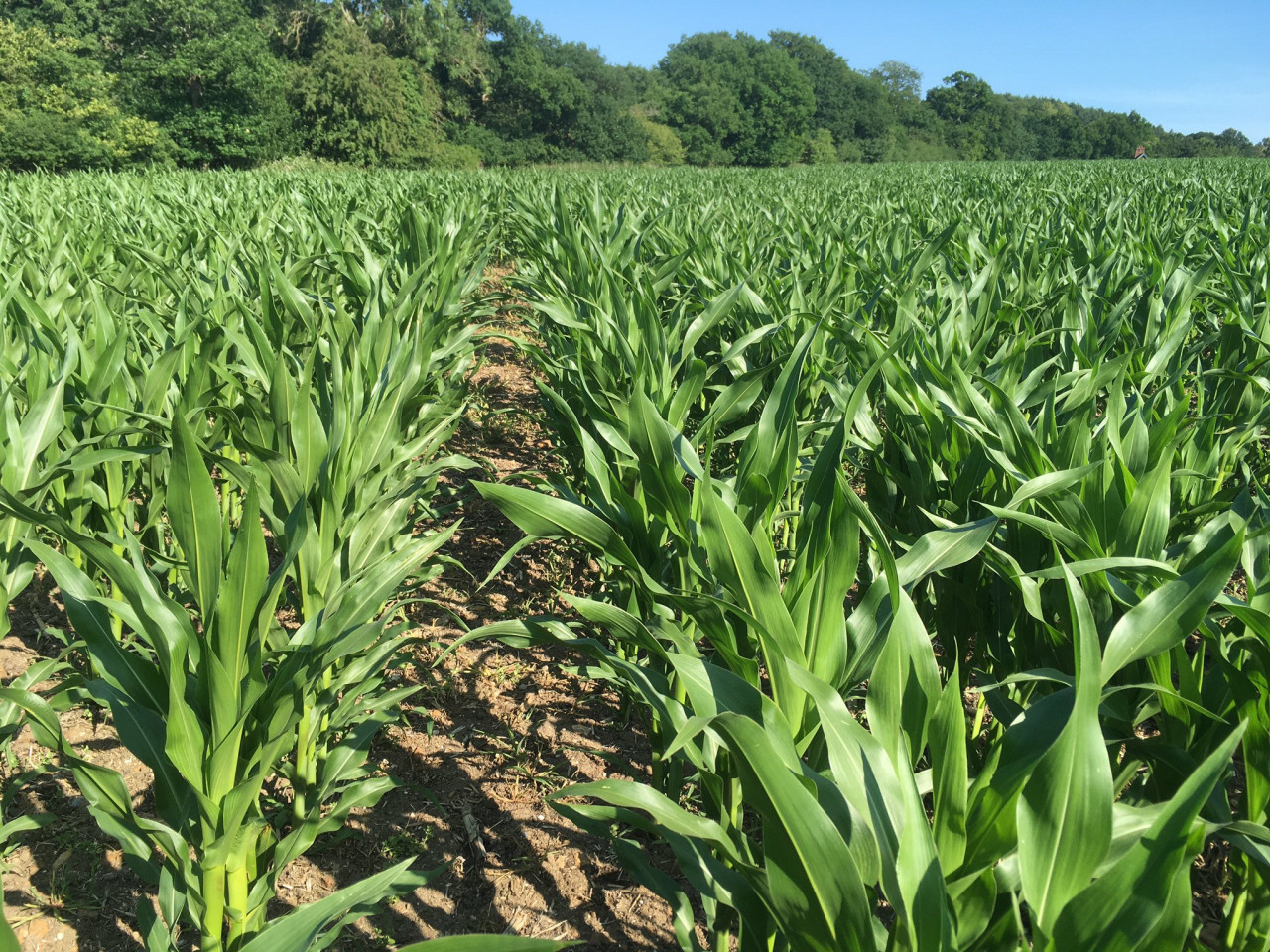
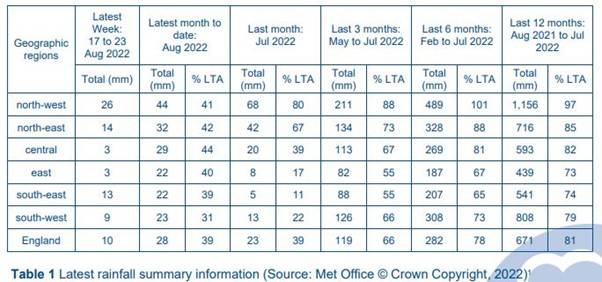

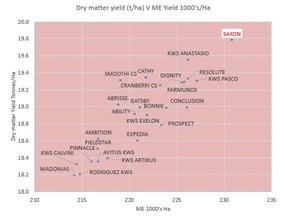
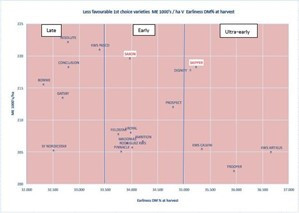
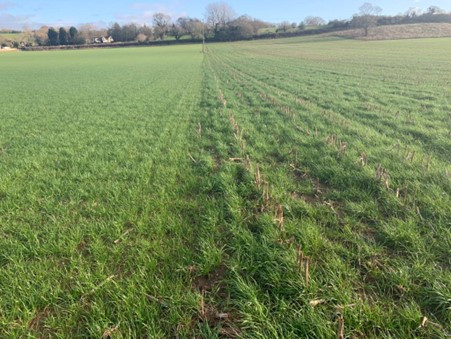



Comments